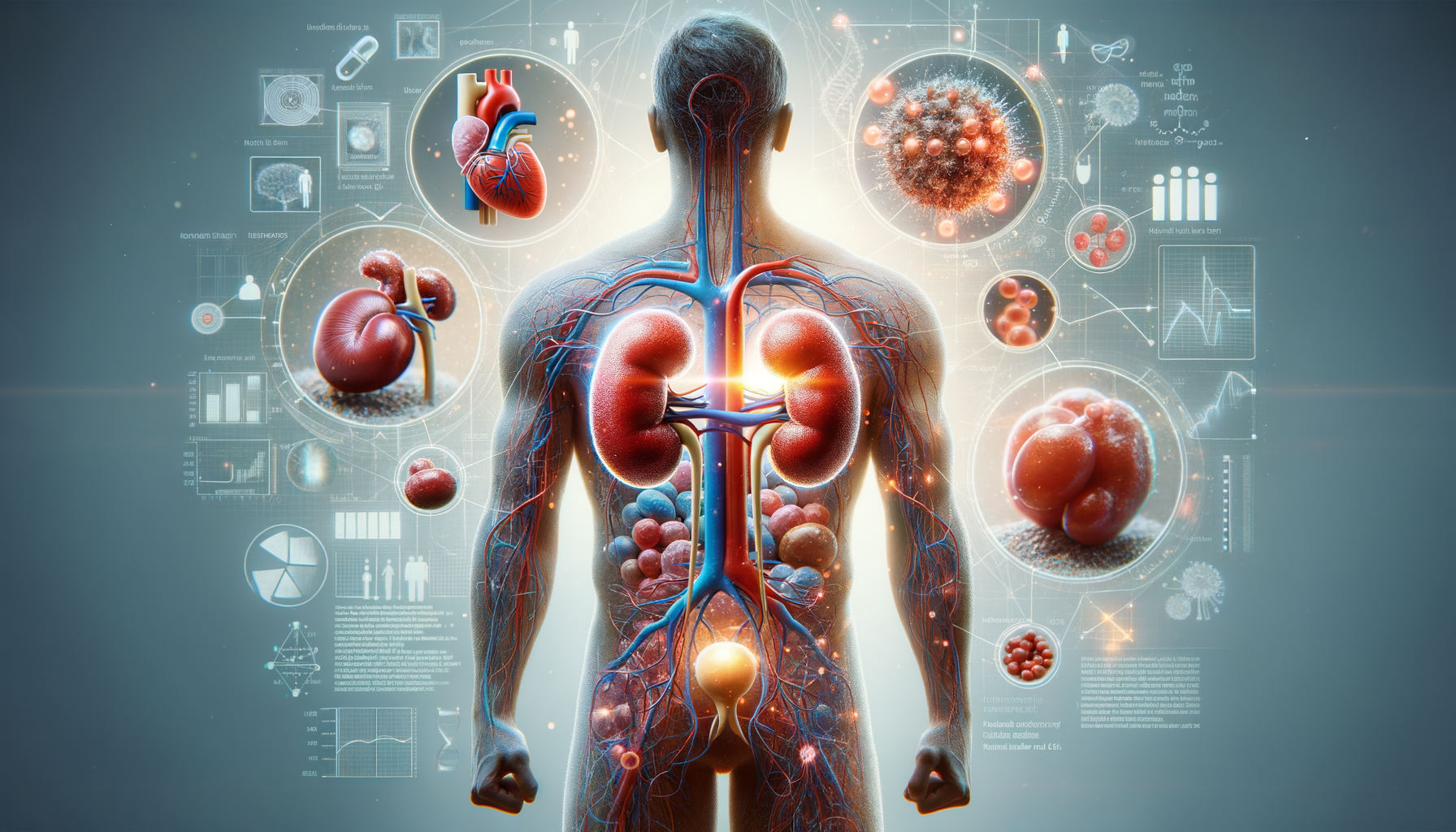Introduction to Eosinophilic Esophagitis
Eosinophilic Esophagitis (EoE) is a chronic immune system disease that affects the esophagus, the tube connecting the mouth to the stomach. It is characterized by the presence of a high number of eosinophils, a type of white blood cell, in the esophagus. This condition can lead to inflammation, difficulty swallowing, and food impaction. Understanding and managing EoE is crucial, especially as it becomes more prevalent. This article explores the various treatment options available to manage this condition effectively.
Dietary Management of Eosinophilic Esophagitis
Dietary management is a cornerstone in the treatment of Eosinophilic Esophagitis. The elimination diet is one of the most effective strategies. This involves removing common allergenic foods from the diet, such as dairy, wheat, eggs, soy, nuts, and seafood. Patients then gradually reintroduce these foods one at a time to identify specific triggers. Another approach is the elemental diet, which replaces regular food with an amino acid-based formula. This method is often used for children or those who do not respond to the elimination diet.
Success in dietary management is often monitored through symptom relief and endoscopic evaluation. The goal is to achieve an esophagus free of eosinophils, thereby reducing inflammation and symptoms. While dietary changes can be challenging, they offer a non-invasive way to control EoE and improve quality of life.
Pharmacological Treatments
Pharmacological treatments for Eosinophilic Esophagitis primarily involve the use of corticosteroids. Topical corticosteroids, such as fluticasone or budesonide, are commonly prescribed. These medications help reduce inflammation in the esophagus by suppressing the immune response. They are typically administered in a swallowed form to target the esophagus directly. Patients often experience significant symptom relief with this treatment, although long-term use may be necessary to maintain results.
In cases where topical steroids are ineffective, systemic corticosteroids may be considered. However, due to potential side effects, their use is generally limited to severe cases. Other pharmacological options include proton pump inhibitors (PPIs), which can help reduce acid reflux, a common co-occurrence in EoE patients.
Endoscopic Interventions
For patients with severe esophageal narrowing or strictures, endoscopic interventions may be necessary. This includes esophageal dilation, a procedure that stretches the esophagus to improve swallowing. While effective, dilation carries risks such as perforation or tearing of the esophagus. Therefore, it is typically reserved for patients who do not respond to dietary or pharmacological treatments.
Endoscopic evaluation is also crucial in monitoring the progression of EoE and the effectiveness of treatment. Regular biopsies can help assess the level of eosinophil infiltration and guide treatment adjustments. This proactive approach ensures that patients receive the most appropriate care for their condition.
Conclusion: Tailoring Treatment for Eosinophilic Esophagitis
Managing Eosinophilic Esophagitis requires a comprehensive approach that combines dietary changes, pharmacological treatments, and, when necessary, endoscopic interventions. Each patient’s treatment plan should be tailored to their specific needs and responses to therapy. Regular follow-ups and monitoring are essential to ensure effective management and prevent complications.
By understanding and implementing these treatment options, patients with EoE can achieve significant symptom relief and improve their quality of life. Ongoing research continues to enhance our understanding of EoE, promising even more effective treatments in the future.




Leave a Reply